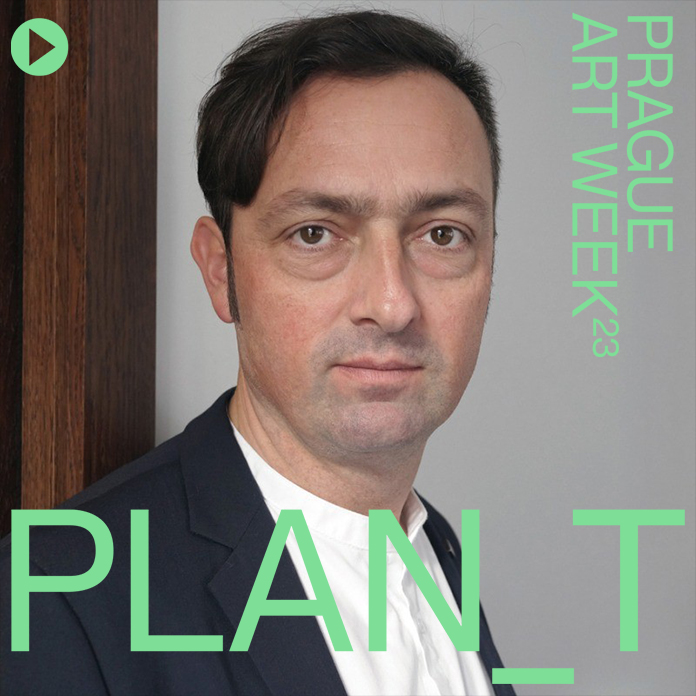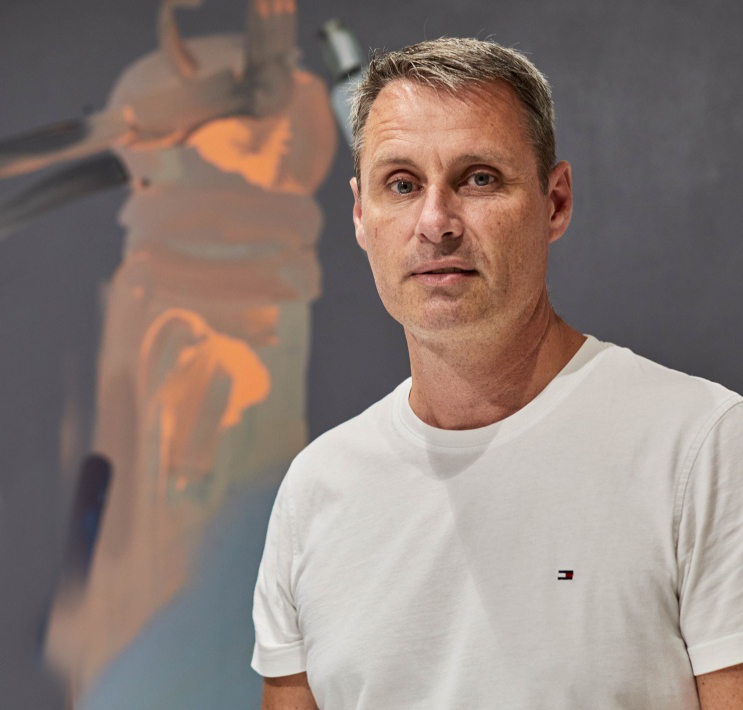You can buy artwork primarily from artists or in galleries. These are usually works that are appearing on the art market for the first time, and their price is based on the development of the artist and art trends. A work of art with a history of so-called provenance can then be sold in the secondary art market through auction houses. The third option is to entrust the buying and selling of art to the hands of investment fund professionals.
There are three investment funds in Prague and each one works in a different way. “The ARTEFIN investment fund is open to the public, because it can be invested in a retail form through dealers who have people in their portfolio who want to invest in different investment funds, and it can be used by people right off the street; it is not closed and limited to people we know personally. At the same time, we differentiate ourselves by narrowly specializing in contemporary art by living artists,” says René Rohan, one of the co-founders of the ARTEFIN Investment Fund.
According to what key does the fund select the artists represented and what does it model the potential for a work’s price to rise? David Korecky is represented on the podcast by the Expert Advisory Team, which is made up of four experts, each coming from a different background. David Korecký’s background is closely linked to contemporary art curating, the context of institutional exhibitions and his personal interest in what is happening in the art world in terms of content. “The selection of artists is based on choosing works that will appreciate financially over the years. This is preceded by analytical work, both statistically and in terms of exhibition history, for example, and a professional assessment of the value and timelessness that the works carry. Also, what constitutes consistency and career perspective,” Korecký says, adding that these criteria are a set of data, experience and expectations. “It’s not a random and subjective selection, but for the most part analytics and then assumption.”
The biggest advantage of buying artwork through an investment fund is that the investment becomes the property of the fund and avoids future taxation. Another reason may be that the work is in good hands and is properly cared for. The ARTEFIN Fund is trying to build a representative collection and at the same time lend works and organise exhibitions. The collection will begin to have a reputation and the subsequent appreciation will be much greater than for works that are stored at home. The Fund has already bet on artists such as Stanislav Kolíbal, Jiří Sopko, Milena Dopitová, Pavla Sceranková and, among foreign artists, Wilhelm Sasnal and Michael Müller.
What are the most common risks when buying artworks? It may seem that buying old art is safer than buying works by living artists. However, fakes often appear on the market, and then all the value of the painting drops from millions to zero. Such a situation cannot occur when buying works by living artists, who always certify the work with a certificate of authenticity. “With old art, this can never be confirmed with certainty, even though it has been confirmed by experts, it still turns out to be a fake when the colours are analysed,” says René Rohan.
You can look forward to a discussion by experts on the topic of falsity in art on 21 September 2023 as part of the festival’s Superstudio.
And what would the Fund’s representatives wish for the art market in the Czech Republic in the future? For the art market, David Korecký hopes for price stability and unity and continuous collecting activity by public institutions, which are usually the best signals for private collectors. These then prove that it is a proven work, artist or period in which it is worth investing more money. This is what can then motivate the wider collecting community. He would like artists to be able to hold their prices and for collectors to not look at whether they are buying from gallerists or artists. René Rohan adds that he would like Czech artists to establish themselves abroad. The ARTEFIN investment fund is trying to support artists by establishing cooperation with private galleries, which can provide them with services in the form of catalogues, exhibitions and invitations to fairs.

